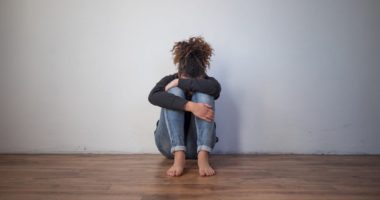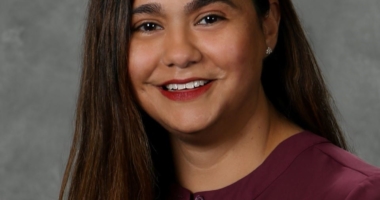SCOTUS Hears Cases on Student Debt Cancellation. What Does it All Mean?
On February 28, the Supreme Court heard arguments on two cases that have been holding up student debt cancellation for the 26 million people who applied. The first, Biden v. Nebraska, is a lawsuit filed collectively by six states: Nebraska, Arkansas, Iowa, Kansas, Missouri, and South Carolina, which argue that the Biden plan harms them because they could lose out on tax revenue if individuals from their state are relieved of obligations to repay their student loans. The second lawsuit, Department of Education v. Brown, originated in Texas and involves two student loan borrowers, Myra Brown and Alexander Taylor, who argue that Biden’s student loan cancellation plan harms them because they would not be able to receive loan cancellation, and the maximum amount of loan cancellation, respectively, under the administration’s plan.
Two key questions stand before the court:
- Do the plaintiffs have standing to bring the suit (can they show they are harmed by the Biden debt cancellation plan and the court has the ability to redress that harm)?
- Does the Higher Education Relief Opportunities for Students Act of 2003 (HEROES), which ensures that federal student loan borrowers would not be harmed economically during a national emergency, allow the Secretary of Education to create and execute the proposed loan cancellation plan?
The HEROES law states that when the President declares a national emergency (COVID-19), the Secretary of Education has the power to “waive or modify any statutory or regulatory provision” governing student loan programs. which the administration used to justify the debt-relief plan.
On the question of standing in Department of Education v. Brown, it seemed clear that the Justices were skeptical of the arguments being made on behalf of the Brown plaintiffs, based on their questions. One key element of standing is the concept of redressability, whereby the remedy granted by the court must be able to yield the result that the party seeking standing claims to desire. In this case, the plaintiffs were claiming to want the ability to provide notice and comment on a separate, new, hypothetical plan, which would grant them loan cancellation after the current loan cancellation plan was struck down. Questions from the Justices juxtaposed the stated goal of the plaintiffs (achieving loan cancellation) with their actions (suing to stop loan cancellation). It also highlighted how the relief requested would invoke the usage of another statute (the Higher Education Act), which was not at issue in this case and without precedent. It seems unlikely these plaintiffs will be granted standing in this case.
The question of standing in Biden v. Nebraska is more nuanced. This is because the states, specifically Missouri, brought the case on behalf of the Missouri Higher Education Loan Authority (MOHELA), argue that discharging millions of dollars in loans would deprive the state of Missouri of revenue. The questioning focused on the fact that MOHELA, an independent corporation set up by the state to service student debts, did not join this lawsuit, and to what extent Missouri can claim authority over, and a financial relationship with, MOHELA. Justice Barrett seemed skeptical of the states’ theory of standing in this case, indicating that at least one conservative justice may side with the government. If the Justices decide that neither case has standing, the program would stand.
Meanwhile, the Solicitor General made a strong case for how Congress authorized Secretary Cardona to take action when there are emergencies and how those actions may be broad and expensive (like the current payment pause on all federal loans, which no one challenged). Justices Roberts, Kavanaugh, Alito, and Gorsuch’s questions centered partially on issues of “fairness” to the persons who don’t get their loans forgiven, and several cited the “major questions doctrine” which they have cited to strike down agency actions in the recent past. The fact that these topics were the focus of some of their questions indicates it is more likely than not they will strike down the cancellation plan, should standing be found and the merits reached.
The best chance for the survival of student debt cancellation is for standing to not be found for the plaintiffs, which seems possible, if not likely, given the arguments and questions raised by the Justices. If they decide that the states do have standing and they get to the question of the merits, it is highly unlikely that the program will survive. If that happens, the 26 million borrowers who applied for cancellation, will not receive it, and will have to resume payments on their student loans in September 2023. This will renew the burden for more than 8.5 million Black students, who borrow more, default at twice the rate of other borrowers, and struggle the most with repayments. Data released by the Department of Education indicates that borrowers living in lower-income areas applied for relief at a higher rate compared to those who live in higher-income localities, and a majority of applications came from places where the per-capita income is under $35,000. Furthermore, people living in non-White majority zip codes submitted more forgiveness applications per capita than majority-White zip codes. It is likely the final ruling will be released at the end of June and these borrowers will be waiting for needed relief. Let’s hope they receive it.









